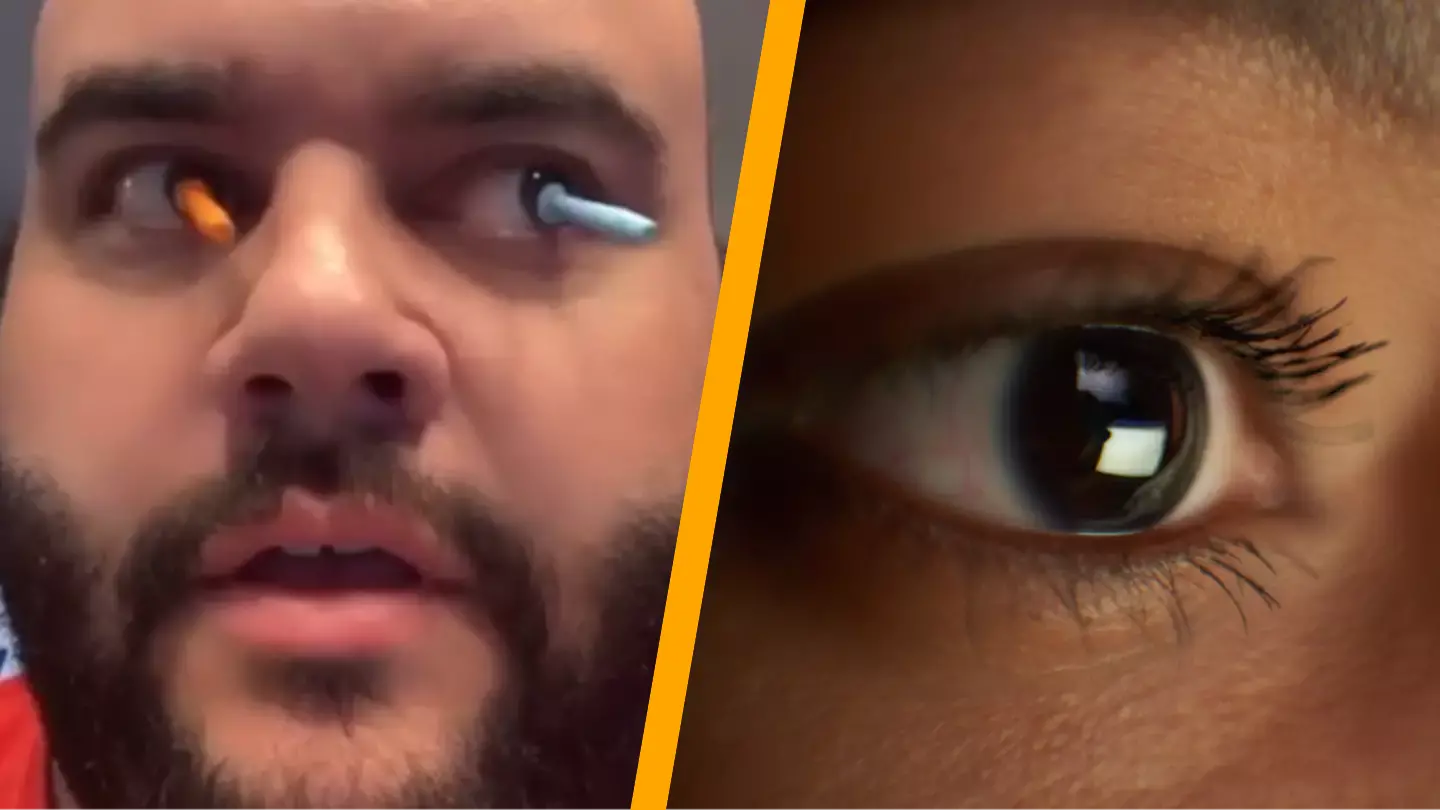A man created a video to demonstrate the extent of eye movement in our daily lives.
Most of us have a basic understanding that our eyes can move independently.
Otherwise, we would need to turn our entire head to see something different.
While turning our heads is useful for a broader view, doing it for every slight change in direction would be quite cumbersome.
There are several muscles surrounding our eyes that assist in redirecting them and allowing us to glance around.
However, given that our eyes are spherical, it’s a bit challenging to precisely gauge how much they move when we look around.
It’s easy to assume that the movements are minor, but the video shared on social media reveals this assumption to be incorrect.
The man employed a unique method to illustrate the extent of eye movement.

He did so by attaching contact lens applicators to his lenses and leaving them on as he walked around.
The results were intriguing, not only in terms of how frequently his eyes moved, but also in the manner of their movement.
His eyes seemed to make adjustments, appearing to correct themselves.
He noted that his eyes tracked movements when he turned, rather than moving smoothly.
However, the movement changed when he introduced an object to focus on.
By holding his finger up and following it as it moved back and forth, his eyes moved differently than before.

This experiment highlights the strange and adaptable nature of the eye muscles.
The video sparked comments on Reddit, with one user stating: “Fun fact: when your eyes are in motion, your brain shuts off the optic nerve so you don’t get disoriented.
“It then stitches the image together so you don’t miss a beat. I’m massively oversimplifying, but it’s called saccadic blindness.”
Another added: “You spend about half of your day functionally blind, when your eyes make that jump your brain doesn’t process images because it would be unfocused blur that would disorient you.”
Finally, another commenter advised: “That’s nuts! Now please take them out and blink.”

